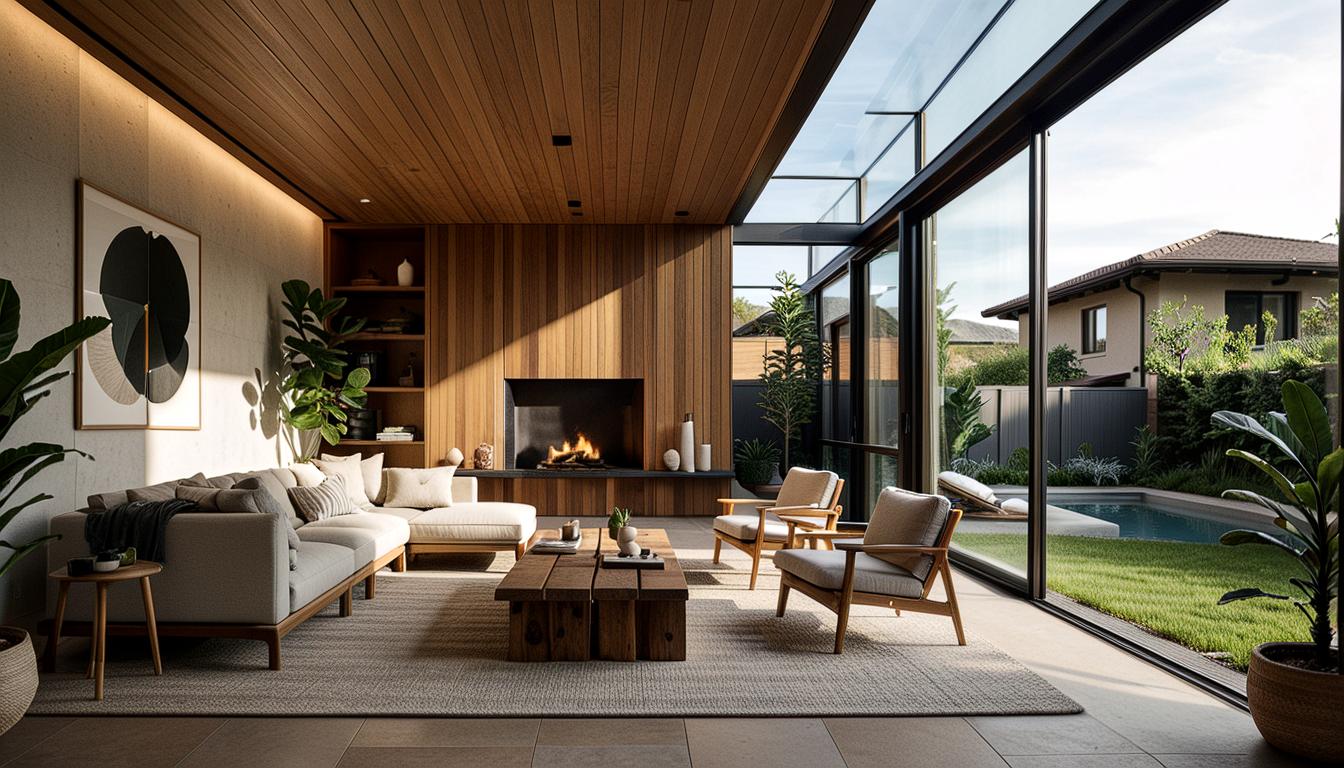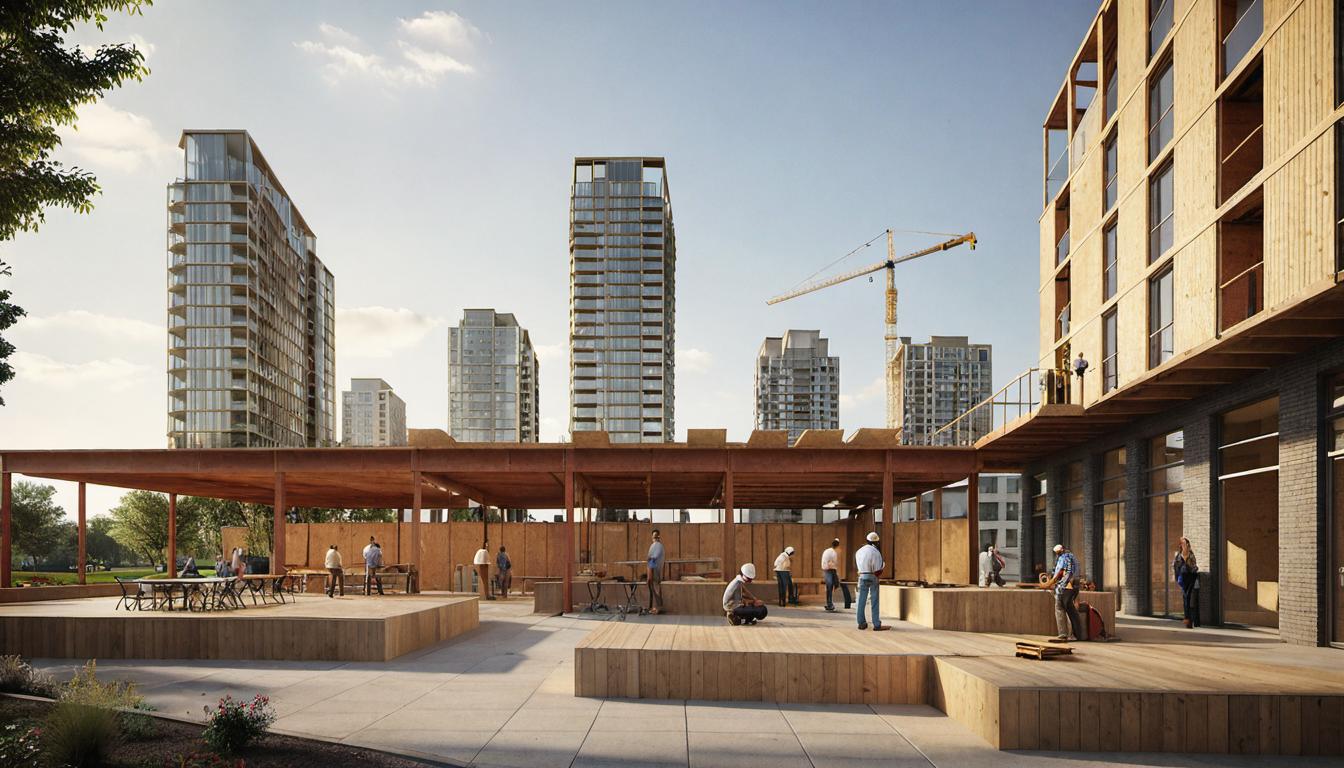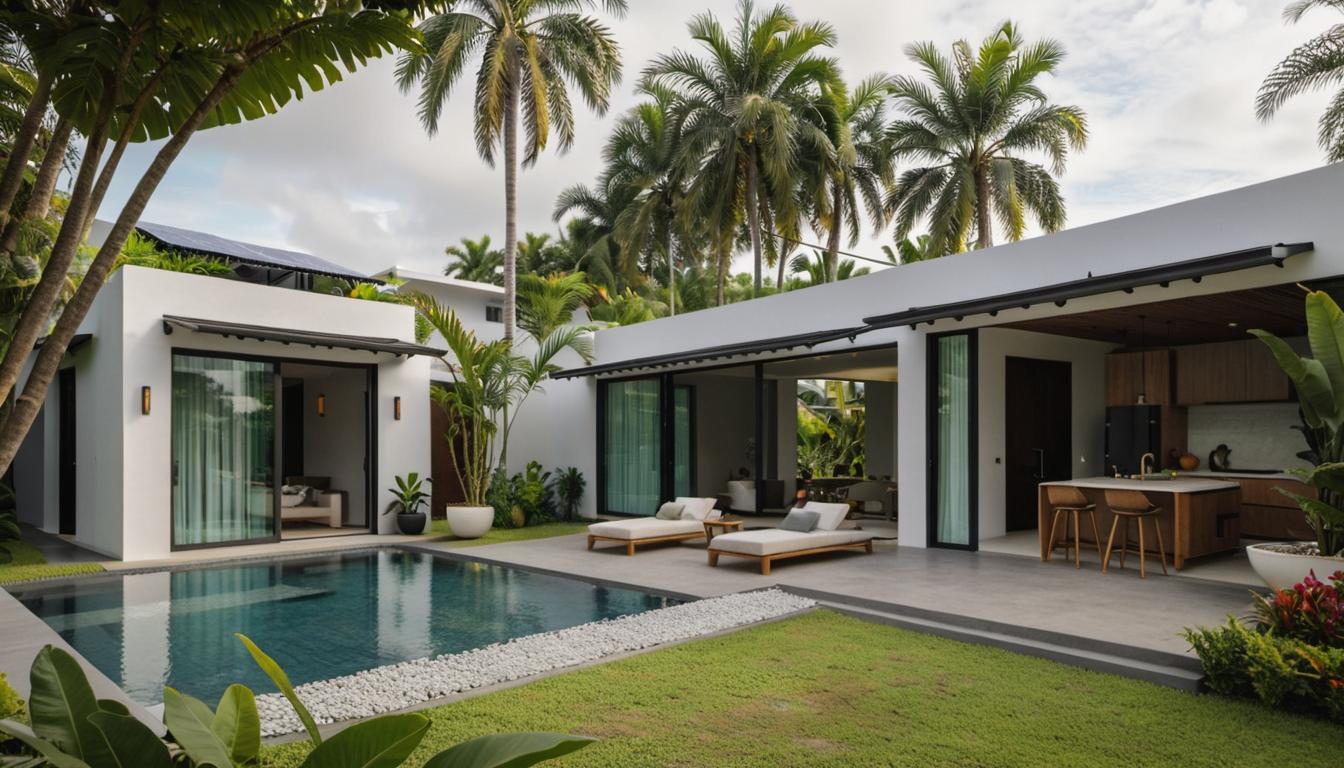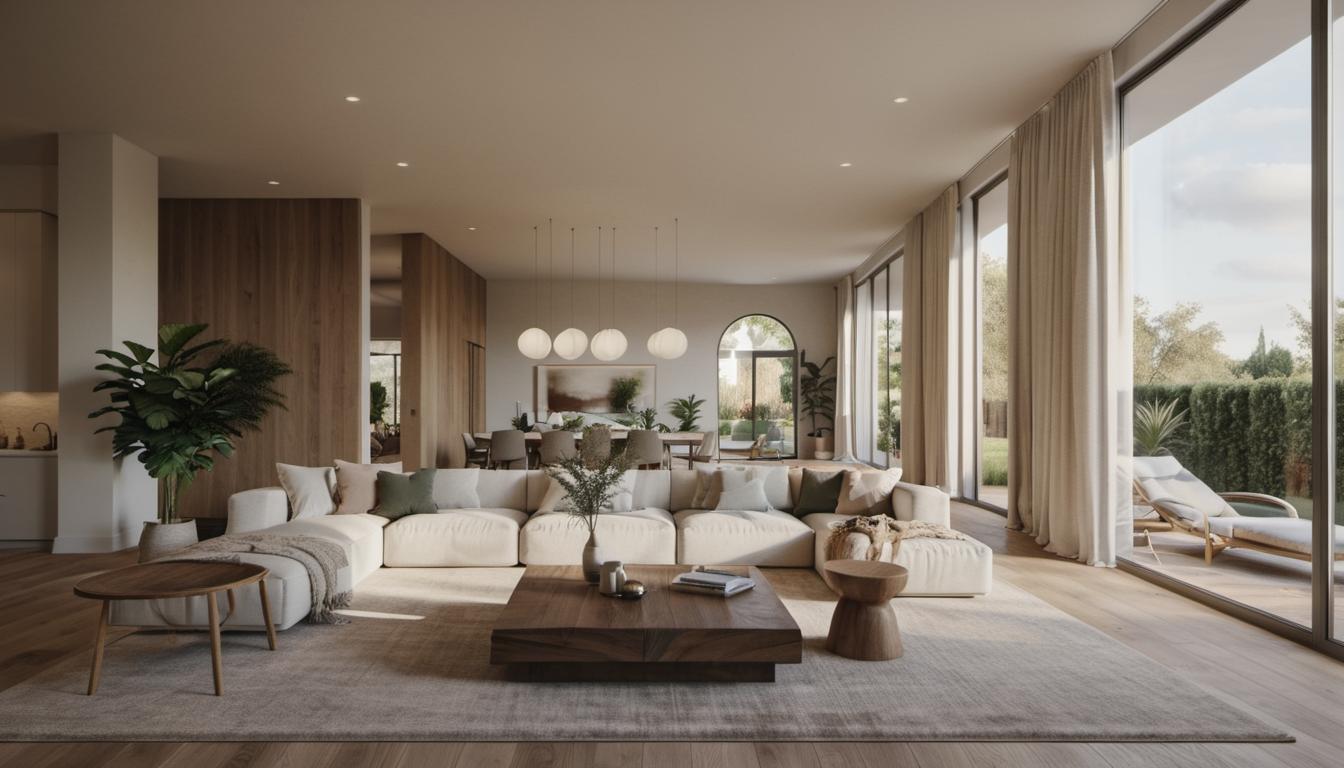Introduction
Creating a mood board is a crucial part of the interior design process. It helps convey the style, colors, and atmosphere intended for a space. Understanding how to create an effective mood board can enhance communication with clients and ensure design goals are met.
Definition of Mood Boards
A mood board is a visual tool that brings together colors, materials, textures, and imagery to convey a design concept. It serves as a blueprint for the look and feel of a project, showcasing key elements that will be used in the final design.
Importance of Mood Boards in Interior Design
Mood boards are essential because they provide a clear visual representation of ideas. They help clients understand the designer’s vision and provide a platform for feedback. This ensures that the final design aligns with the client’s taste and functional needs.
The Best Approach to Creating Mood Boards in Interior Design
- Understanding the project brief: Familiarize yourself with the client’s requirements and preferences. This lays the groundwork for creating a mood board that aligns with their expectations.
- The conceptual stage: Develop a central theme or concept for the project. This will be the guiding factor when selecting elements for the mood board.
- Selecting the right elements: Choose images, colors, textures, and materials that reflect the design concept. Aim for a balance that accurately reflects the mood and style of the project.
- Organization of elements on the board: Arrange the selected items in a cohesive and logical manner. This helps in conveying a clear and structured design narrative.
- Presenting the mood board: Use the mood board to communicate the design ideas to clients or team members. Be open to feedback and ready to adjust the board based on input received.
Mastering Mood Boards for Interior Design Considerations
- Knowing the target audience: Understand who the space is being designed for and tailor the mood board to their tastes and needs.
- Purpose of the mood board: Define what the mood board is intended to achieve, such as setting a mood, suggesting a style, or bringing together different ideas.
- Consider the color scheme: Colors set the mood and tone of the space. Select a palette that aligns with the overall theme and appeals to the target audience.
- The overall theme of the project: Ensure the elements chosen are cohesive with the central theme to create a harmonious design.
- Material samples and textures: Incorporating real samples can help clients better understand the proposed tactile elements of the design.
Advanced: Using AI solutions for creating Mood Boards
AI solutions can assist in generating ideas and finding images quickly. Tools like Canva and Pinterest use algorithms to suggest relevant design elements, optimizing the mood board creation process.
Effectively Using Mood Boards for Architectural Rendering
Initial sketching
Mood boards serve as inspiration for initial sketches, guiding the overall look and feel of the drawings.
3D modeling
Designers can use the mood board to inform 3D modeling, ensuring the virtual environment aligns with the desired aesthetic.
Materials application
The textures and materials from the mood board guide the choice of materials in the rendering process, ensuring consistency with the design vision.
Adding lighting
Lighting is crucial in bringing mood boards to life. Use the board to inspire lighting choices that enhance the overall design.
Rendering
Incorporate all elements from the mood board in the final render to create a realistic representation of the planned design.
Further resources on Mood Boards Creation
Subreddit discussions
The InteriorDesign subreddit has numerous discussions on creating mood boards. Utilize the search feature to find relevant threads and comments.
Pinned resources
Consult the pinned resources thread in related forums for links to helpful tools and articles.
Online tutorials
Platforms like YouTube and design-focused websites offer tutorials that can enhance your understanding of mood board creation.
Reading materials
Books and articles by experienced designers provide insights and inspiration for mastering mood boards.
Conclusion
Mood boards are a powerful tool in interior design, helping to visualize ideas and align projects with clients’ expectations. By mastering the process of creating mood boards, designers can achieve successful and satisfying design outcomes.
Frequently Asked Questions
- What is the best approach for creating mood boards in interior design?
The best approach involves understanding the project brief, conceptualizing a theme, selecting suitable elements, organizing them, and presenting the mood board for feedback. - How can mood boards be effectively used for architectural rendering?
Mood boards assist in each phase of architectural rendering by guiding sketching, modeling, material application, lighting choices, and the final rendering, ensuring consistency with the design vision. - Where can further resources on mood boards creation be found?
Further resources can be found on forums such as the InteriorDesign subreddit, pinned resources threads, online tutorials, and design books and articles. - What should be considered when mastering mood boards for interior design?
Consider the target audience, the purpose, color schemes, themes, and use real material samples to enhance the mood board’s effectiveness. - Can AI solutions be used for creating mood boards?
Yes, AI tools like Canva and Pinterest can streamline the mood board creation process by suggesting relevant design elements and aiding in idea generation.






